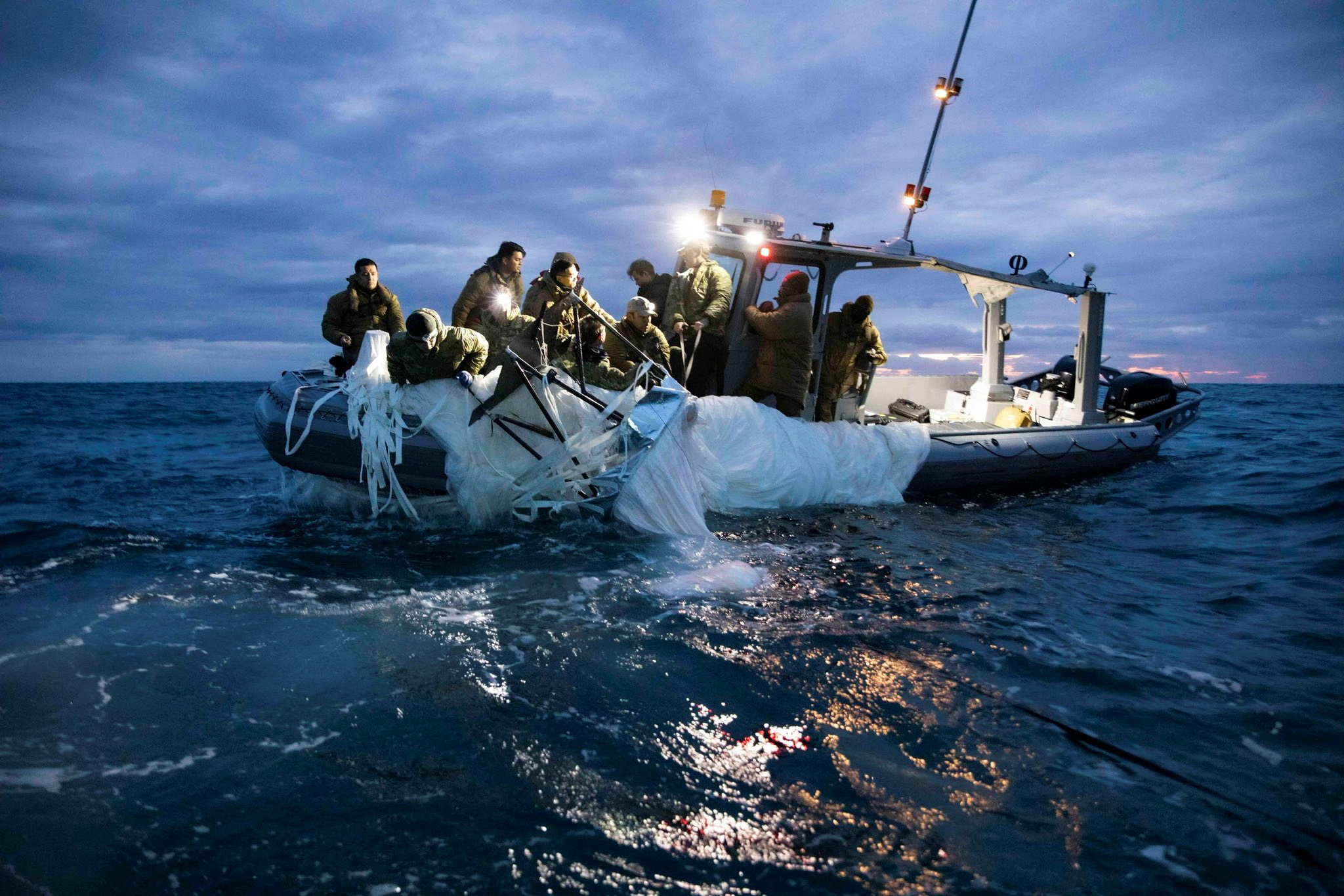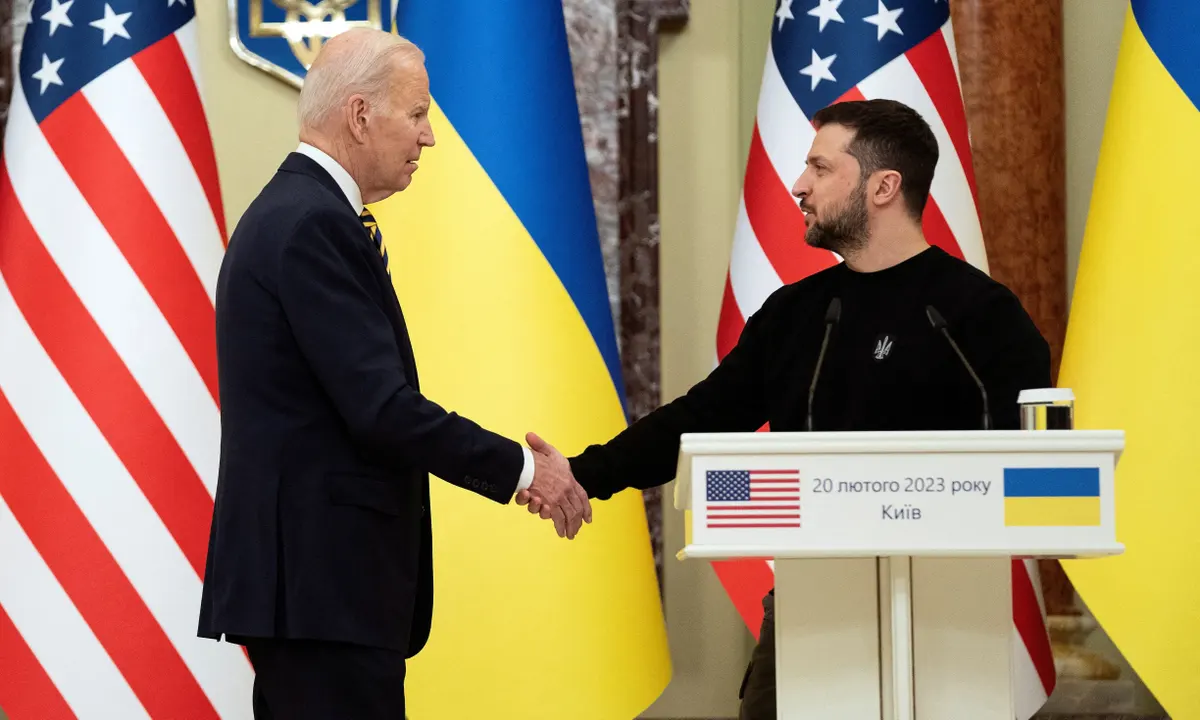China’s recent deployment of a high-altitude balloon over its border with India, allegedly for conducting espionage, has stirred tensions and concerns not only between the two neighboring countries but also among the global community. While China has denied any wrongdoing and accused India of hyping up the issue, the incident has raised questions about the legality and ethics of using balloons or similar technologies for intelligence gathering, as well as the implications for regional security and diplomacy.
The Background of Balloon Spying and China’s Defense Strategy
Although balloons have been used for military purposes since the 18th century, their modern variants, such as high-altitude balloons, have become increasingly sophisticated and stealthy. By using solar-powered engines and remote-controlled navigation, they can hover for weeks or even months at a height of up to 70,000 feet, which is beyond the range of conventional radars and air defenses. They can also carry various sensors, cameras, or other equipment to collect data on weather, terrain, or human activity, including communications, movements, or signals.
For China, which has been expanding its military capabilities and presence in the Asia-Pacific region, such balloons could provide valuable intelligence on its potential adversaries, such as India, Japan, or the United States. They could also serve as a means of projecting power and intimidating or confusing its rivals, especially in the context of the ongoing territorial disputes in the South China Sea and the Himalayas.
The Controversy of Balloon Spying and International Law
However, the use of balloons for spying is not without controversy and legal ambiguity. While some countries, such as the United States and Israel, have openly admitted to using such methods, others, such as China or North Korea, have denied or evaded the accusations. Moreover, the legality of balloon spying depends on various factors, such as the airspace where the balloon operates, the nature and purpose of the information collected, and the rights and interests of the affected parties.

In the case of China’s balloon over the Indian border, the Indian government has accused China of violating its territorial sovereignty and airspace, as well as the principles of the United Nations Charter and international law. China, on the other hand, has argued that the balloon was merely conducting scientific experiments and was not equipped with any surveillance equipment. However, the lack of transparency and trust between the two countries has fueled speculation and mistrust and could lead to further escalations or misunderstandings in the future.
The Implications of Balloon Spying for Regional Security and Diplomacy
The use of balloons for spying also has broader implications for regional security and diplomacy. On the one hand, it could heighten the risk of conflict and misunderstanding between rival powers, as it could give a false sense of superiority or threat perception to the user or the target. It could also erode the norms and rules of conduct in international relations, as it could blur the distinction between civilian and military activities, or between peaceful and hostile intentions.
On the other hand, it could also create opportunities for cooperation and dialogue between the parties involved, as it could provide a common ground for discussing the risks and benefits of new technologies, as well as the rules and principles of international law. It could also foster innovation and entrepreneurship in the field of space and defense, as it could stimulate research and development of new methods and instruments for surveillance and intelligence gathering.
Conclusion: A Call for Prudence and Transparency
In conclusion, China’s balloon spying over India’s border is a provocative move that warrants scrutiny and caution. While the use of such technologies for intelligence gathering is not inherently illegal or immoral, it requires prudence and transparency on the part of the user, as well
Continue writing please with respect for the sovereignty and security of other states, as well as adherence to the norms and principles of international law. The lack of clear communication and cooperation between China and India has only fueled suspicion and mistrust and could lead to unintended consequences or misunderstandings.
To avoid further escalation and promote regional stability and cooperation, it is crucial for China and India to engage in dialogue and transparency, and to respect each other’s rights and interests. They should also work with other relevant stakeholders, such as the United Nations, the International Civil Aviation Organization, or the International Telecommunication Union, to develop common standards and rules for the use of balloons or similar technologies for peaceful and lawful purposes.
At the same time, the global community should also pay attention to the issue of balloon spying and its potential implications for regional and global security. They should encourage and facilitate cooperation and exchange of information and best practices among countries, as well as support research and innovation in the field of space and defense while ensuring compliance with international law and ethical standards.
Free Speech and Alternative Media are under attack by the Deep State. Real News Cast needs reader support to survive. Please Contribute via GoGetFunding



